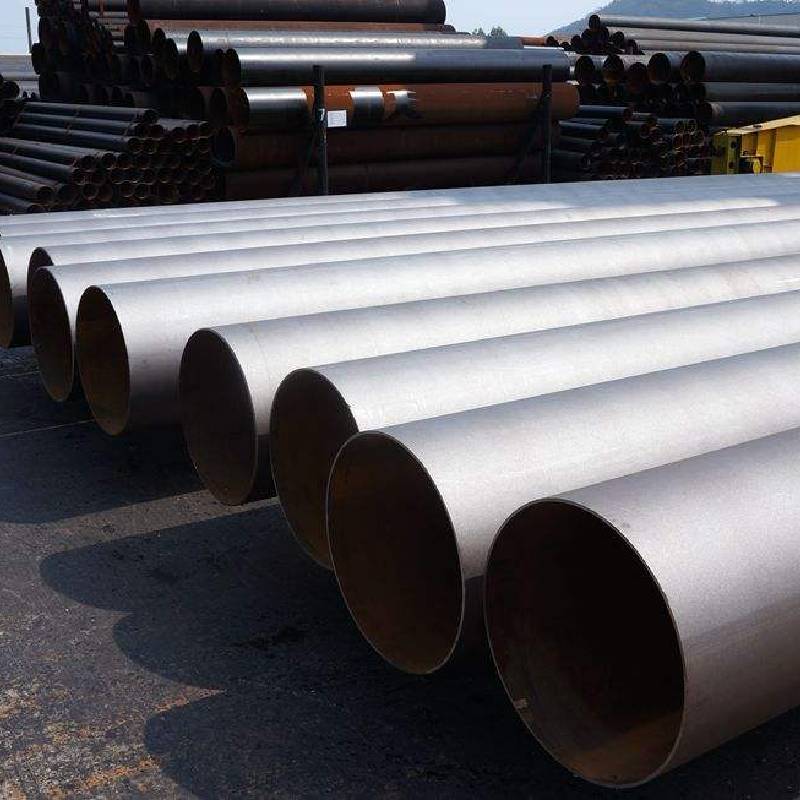-
Cangzhou Yulong Steel Co., Ltd.
-
Phone:
+86 13303177267 -
Email:
admin@ylsteelfittings.com
- English
- Arabic
- Italian
- Spanish
- Portuguese
- German
- kazakh
- Persian
- Greek
- French
- Russian
- Polish
- Thai
- Indonesian
- Vietnamese
- Zulu
- Korean
- Uzbek
- Hindi
- Serbian
- Malay
- Ukrainian
- Gujarati
- Haitian Creole
- hausa
- hawaiian
- Hebrew
- Miao
- Hungarian
- Icelandic
- igbo
- irish
- Japanese
- Javanese
- Kannada
- Khmer
- Rwandese
- Afrikaans
- Albanian
- Amharic
- Armenian
- Azerbaijani
- Basque
- Belarusian
- Bengali
- Bosnian
- Bulgarian
- Catalan
- Cebuano
- China
- China (Taiwan)
- Corsican
- Croatian
- Czech
- Danish
- Esperanto
- Estonian
- Finnish
- Frisian
- Galician
- Georgian
- Kurdish
- Kyrgyz
- Lao
- Latin
- Latvian
- Lithuanian
- Luxembourgish
- Macedonian
- Malgashi
- Malayalam
- Maltese
- Maori
- Marathi
- Mongolian
- Myanmar
- Nepali
- Norwegian
- Norwegian
- Occitan
- Pashto
- Dutch
- Punjabi
- Romanian
- Samoan
- Scottish Gaelic
- Sesotho
- Shona
- Sindhi
- Sinhala
- Slovak
- Slovenian
- Somali
- Sundanese
- Swahili
- Swedish
- Tagalog
- Tajik
- Tamil
- Tatar
- Telugu
- Turkish
- Turkmen
- Urdu
- Uighur
- Welsh
- Bantu
- Yiddish
- Yoruba

Aug . 13, 2024 23:16 Back to list
Understanding the Importance and Applications of Plain Flanges in Piping Systems and Industrial Use
Understanding Plain Flanges An Essential Component in Piping Systems
In the world of engineering and manufacturing, few components are as crucial as flanges, particularly plain flanges. These simple yet vital elements serve a significant purpose in piping systems, facilitating secure connections and ensuring the integrity of structures used in various industries, including oil and gas, chemical processing, and water management. This article explores the design, application, advantages, and challenges associated with plain flanges.
What is a Plain Flange?
A plain flange is a type of mechanical connector that provides a flat surface for fastening pipes, valves, or other equipment in a piping system. Typically made from materials such as stainless steel, carbon steel, and aluminum, plain flanges are characterized by their simplicity and robustness. Unlike raised face flanges or other specialty types, plain flanges have a flat sealing surface and are designed without any raised edges to create a pressure-tight seal.
Design and Dimensions
Plain flanges come in various sizes and specifications, adhering to international standards such as ASME, ANSI, and DIN. Common types include slip-on flanges, blind flanges, and weld neck flanges, each offering unique features tailored to specific applications. The design of a plain flange includes several components the flange face, which facilitates sealing; the hub, which provides strength; and bolt holes for securing the flange to another flange or component.
The dimensions, including outer diameter, inner diameter, and thickness, are crucial for compatibility with pipes and fittings. Proper sizing ensures that the flange contributes effectively to the overall performance of the system.
Applications
The applications of plain flanges are diverse and widespread. In the oil and gas industry, plain flanges are used to connect pipelines safely, allowing for the transportation of hydrocarbons over long distances. In chemical processing facilities, they play a vital role in connecting equipment where pressure and temperature tolerances are critical. Additionally, plain flanges are commonly employed in water management systems, providing secure connections for valves and pumps.
plain flange

Their versatile design makes them suitable for both low and high-pressure applications. However, it is essential to consider the specific requirements of the system when selecting a plain flange, including temperature ranges, corrosion resistance, and mechanical stress.
Advantages of Plain Flanges
One of the primary advantages of plain flanges is their straightforward installation. The absence of complex features simplifies the assembly process, enabling quicker and more cost-effective connections. Their flat surface allows for easy alignment and ensures a consistent joint, reducing the likelihood of leakage.
Moreover, plain flanges can be paired with gaskets and sealants to enhance their sealing capabilities, making them suitable for a variety of applications. Their robustness also contributes to durability, ensuring that they can withstand harsh environmental conditions, including extreme temperatures and corrosive substances.
Challenges and Considerations
Despite their advantages, plain flanges come with challenges. Over time, the flat surface may wear down or become damaged, compromising the seal and leading to potential leaks. Regular maintenance and inspections are essential to ensure their integrity. Additionally, the selection of the appropriate gasket material is critical for achieving a reliable seal, as not all materials are compatible with every application.
Conclusion
Plain flanges are fundamental components in many industrial applications, providing essential connections in piping systems. Their simplicity, robustness, and versatility make them a popular choice among engineers and manufacturers. By understanding their design, applications, and limitations, industry professionals can make informed decisions that enhance the performance and safety of piping systems. As industries continue to evolve, the importance of plain flanges will undoubtedly remain significant, underscoring the need for reliable and efficient connections in various engineering applications.
Latest news
-
ANSI 150P SS304 SO FLANGE
NewsFeb.14,2025
-
ASTM A333GR6 STEEL PIPE
NewsJan.20,2025
-
ANSI B16.5 WELDING NECK FLANGE
NewsJan.15,2026
-
ANSI B16.5 SLIP-ON FLANGE
NewsApr.19,2024
-
SABS 1123 FLANGE
NewsJan.15,2025
-
DIN86044 PLATE FLANGE
NewsApr.19,2024
-
DIN2527 BLIND FLANGE
NewsApr.12,2024
-
JIS B2311 Butt-Welding Fittings LR/SR 45°/90° /180°Seamless/Weld
NewsApr.23,2024











